Creating a newsletter allows you to reach your audience directly and help meet your business goals, whether it’s driving traffic to your website or increasing your sales.
So what does it take for a B2B newsletter to succeed? We cover that and more below.
B2B Newsletter Best Practices
1. Automate your email maintenance.
Email maintenance can seem easy when you only have a few contacts you’re communicating with. Once you reach 100 or more, it’s best to automate certain processes.
Take cold subscribers. Instead of manually reviewing them periodically, you can automate a workflow in which they are removed from your subscriber list based on inactivity. Say they don’t engage with your content in a while – two weeks, a month, or more – you can automatically remove them from your list.
Another tactic is moving cold subscribers to a less frequent email schedule. Say you have a daily and weekly email send. If a subscriber doesn’t open a daily email for two weeks, they could automatically be moved to the weekly email.

Email personalization can also be automated through tokens and triggers, making it easy for your audience to get exactly what they want.
More on that in the next section.
2. Personalize your emails.
The average person gets flooded with so many marketing messages every time they pick up their phone or open up their computer. That means competition for attention is fierce.
One of the easiest ways to do this is by personalizing your messages. It not only will get the consumer’s attention but also help them connect more with your brand.

Email personalization is everything from including the subscriber’s name in the email or subject line to triggering certain actions based on actions taken by the subscriber within the email.
The more personal the message, the better chances of conversion.
3. Use visuals.
Visuals can add dimension to your email and help break the monotony of text.
It doesn’t always have to a GIF either. It could be a newsletter banner that you see when you first open the email. Or an image that helps separate the sections within your email.

The goal is to keep your email engaging without making it too long.
4. Monitor and optimize your performance.
As your business evolves, so does your audience.
What might have worked a year ago may not work as well now. Or you may find something new that works even better.
The only way you’ll know is through your data. Monitoring your email performance on a monthly basis will give you enough data to identify potential trends that you should examine more closely. If you have a daily newsletter, you may need to do this twice a month.
Another way to optimize your performance is by keeping an eye on your competitors and the industry at large. For instance, the use of emojis in subject lines has been a popular topic in recent years.
This doesn’t mean that you should try every trend, but it’s worth knowing what’s out there and seeing which email marketing strategies align with your brand and its goals.
B2B Newsletter Design Tips
1. Add sections to make it scannable.
Whether it’s social media, a website, or an email, people often scan the content they’re consuming. When that content becomes hard to scan, some readers lose interest and exit stage left.
With this in mind, make sure you add sections to your newsletter with clear headers. You can also improve scannability with short paragraphs, bulleted lists, and visuals.
2. Make it accessible.
Your content should be accessible to all, including those with visual and auditory impairments.
What does that look like?
- Avoid conveying messages through color only, as color-blind readers may have trouble deciphering them.
- Use web-safe fonts that are easy to read and work on all devices.
- Alt text for informative images and empty alt text for decorative ones.
- Descriptive anchor texts when hyperlinking instead of vague CTAs like "click here."
3. Use a color scheme that matches your branding.
If you’re going to play around with color in your newsletter – specifically in your images, GIFs, and content dividers – stay within your color family.
This will create cohesion in your newsletter and better brand recognition.
A good rule of thumb is to stick to two colors, three at most. And when you do, use them sparingly. If you use color everywhere, then nothing stands out. Instead, use it to bring attention to the most important elements in your newsletter or to help keep the reader engaged.
B2B Newsletter Content Ideas
Struggling to brainstorm content for your newsletter? Here are some ideas for what to include in your newsletter.
- Industry insights and trends
- Product updates and launches
- Staff highlights
- Customer stories and case studies
- Content roundups
- Company updates (acquisition, milestone)
- Upcoming events
The direction you go in will depend on your broader business goals and the audience segment. For instance, a subscriber who has not yet made a purchase may benefit from access to resources and industry insights whereas a customer may enjoy a product-focused newsletter more.
B2B Newsletter Examples
2PM
This B2B newsletter is a newsletter that covers commerce and media and runs one to three times a week depending on the subscriber’s membership level.
"2PM has great original analysis and really tells you what is happening in commerce that is important," said Rob Litterst, senior writer at The Hustle.
Brad Wolverton, director of content at The Hustle, also agrees that 2PM is one of the best B2B newsletters out there.
In addition to being a media company, the brand also advises and consults brands on their marketing strategies.

One of the first things you’ll notice about the newsletter is the use of the colors black and yellow throughout the newsletter. It keeps the newsletter cohesive and draws the eye to important sections.
Instead of using just text, the newsletter also incorporates images, GIFS, and headers to keep readers engaged as they scroll.
Ahrefs
To Principal Reporter at The Hustle Zackary Crockett, Ahrefs has struck the right balance.
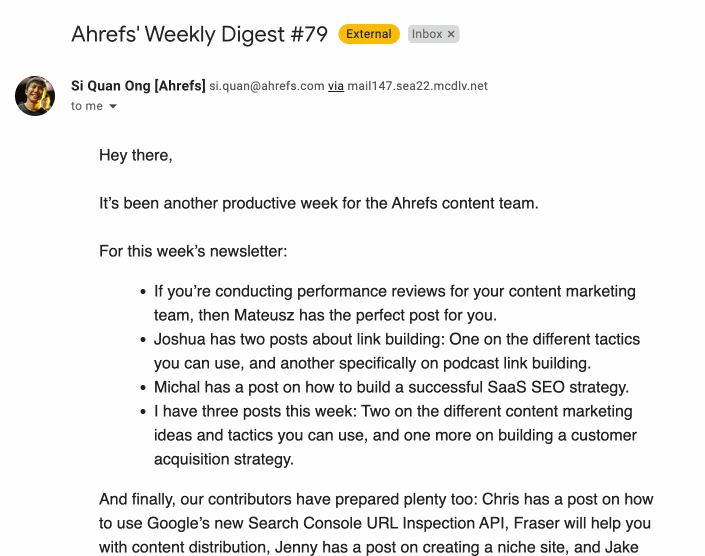
"They really put a premium on quality over quantity, and their newsletters go pretty deep on interesting marketing trends," he says.
Ahrefs offers SEO products to help businesses optimize their web presence, from link building to keyword research. They have a strong blog property and their weekly newsletter is a roundup of their top blog posts.
Litmus
Wouldn’t make sense if this email marketing software didn’t have its own newsletter, right?

Litmus helps brands create effective email campaigns with tools such as pre-send testing, analytics, and templates.
Their email is to the point with great visuals and scannable sections filled with relatable content.
Editor's Note: This post was originally published in March 2014 and has been updated for comprehensiveness.
Email Marketing
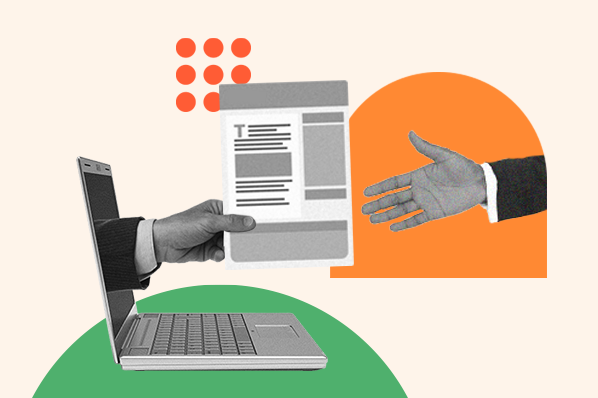
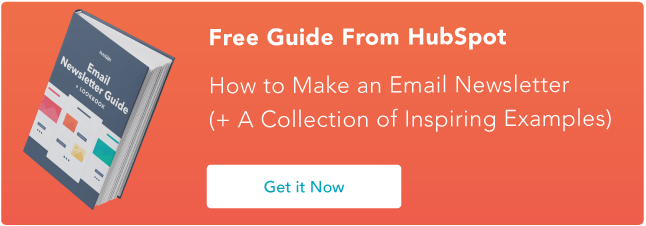
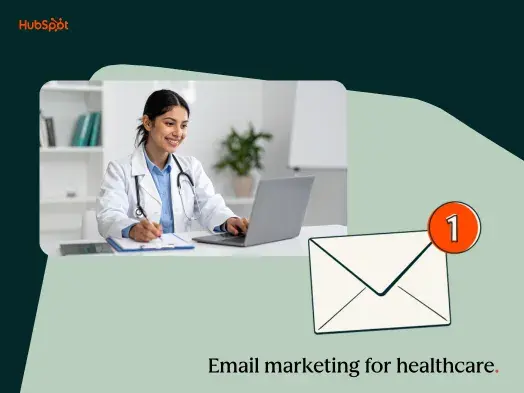
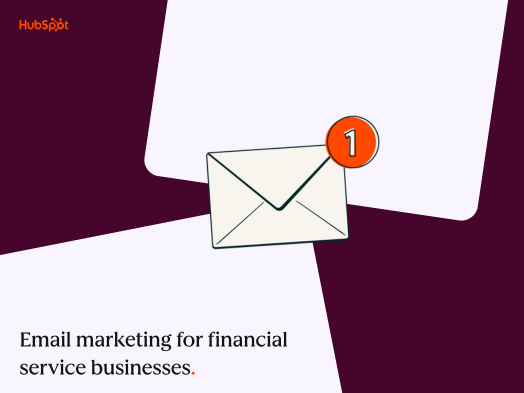
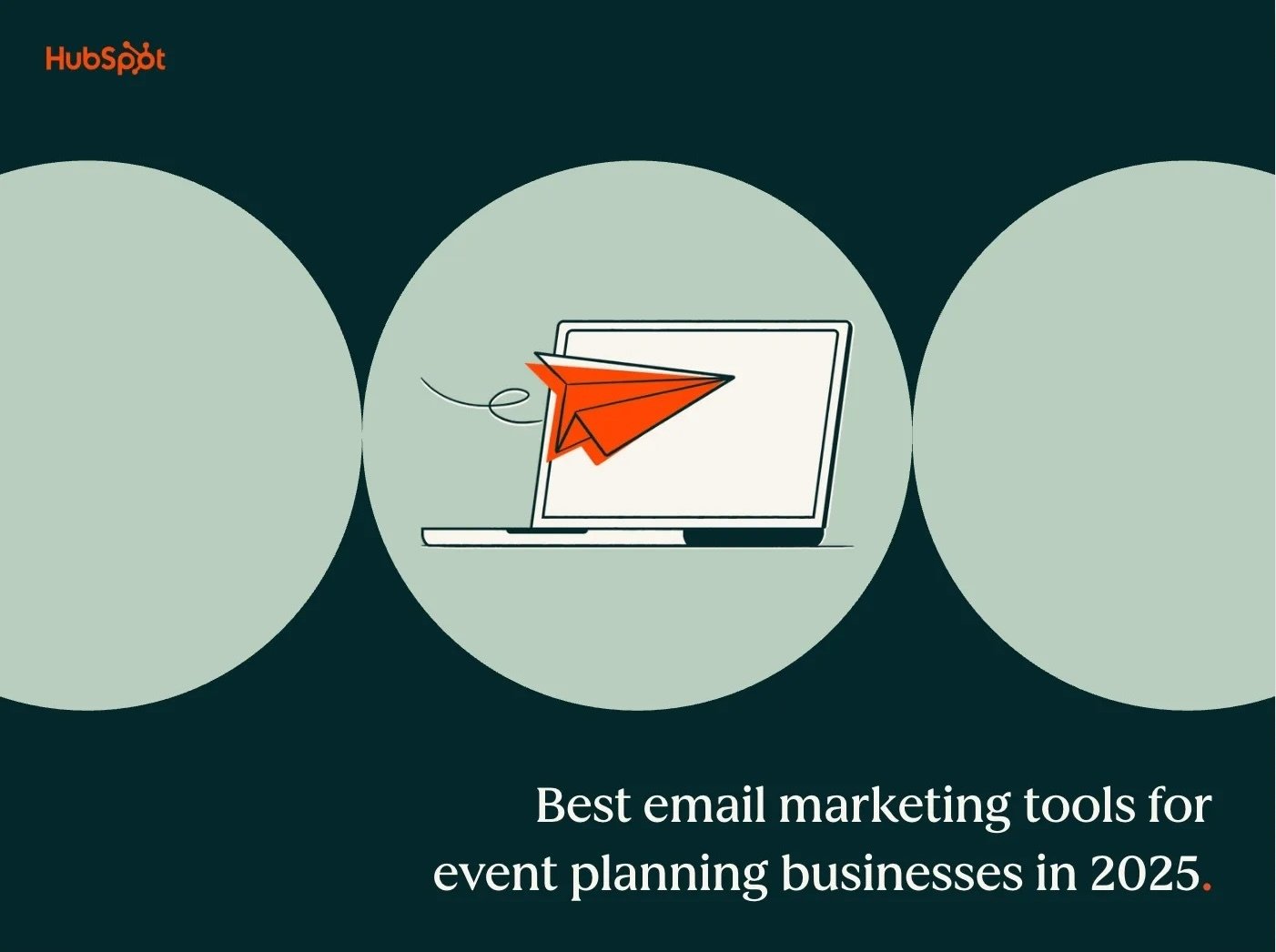
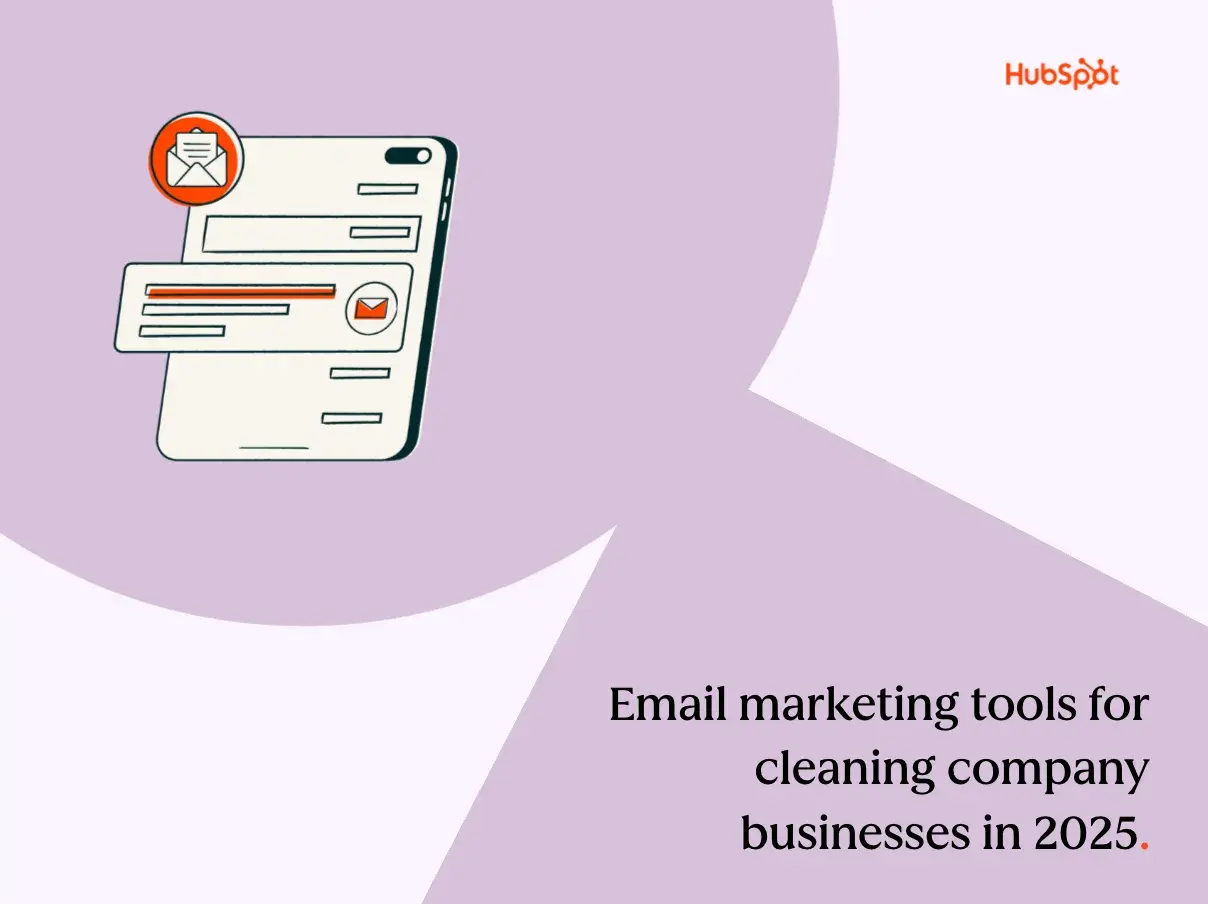
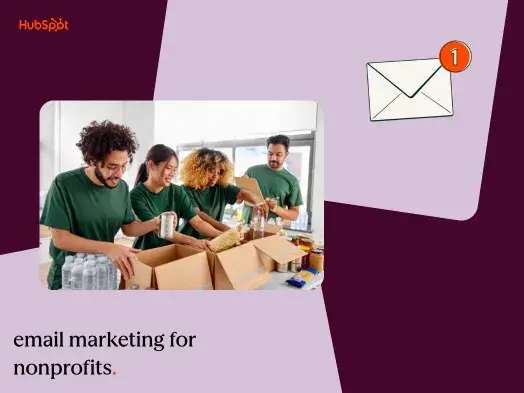
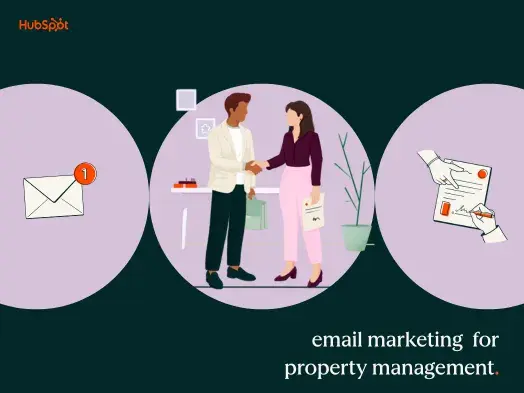
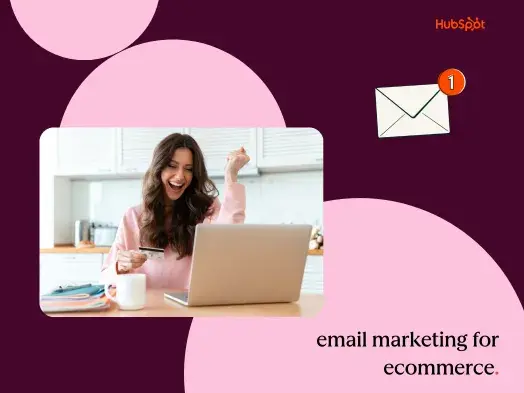

-Oct-23-2025-06-26-28-6723-PM.webp)
